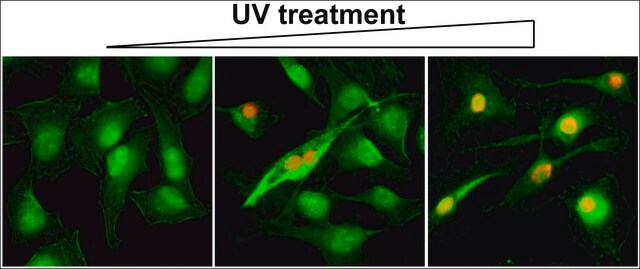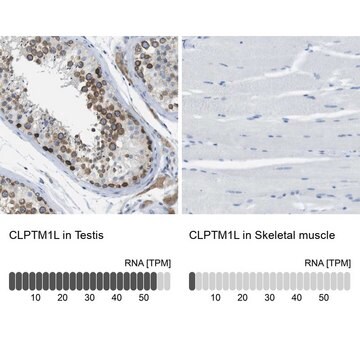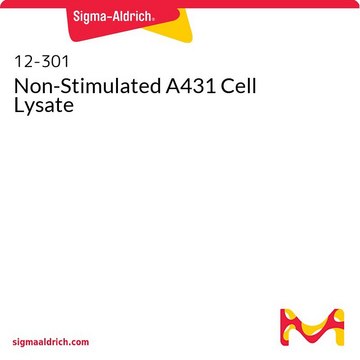MABE416
Anti-Cisplatin DNA Adducts Antibody, clone ICR4
clone 1CR4, from rat
Sinónimos:
CP9/19, Cisplatin DNA modification
About This Item
Productos recomendados
origen biológico
rat
Nivel de calidad
forma del anticuerpo
purified antibody
tipo de anticuerpo
primary antibodies
clon
1CR4, monoclonal
reactividad de especies
human
técnicas
ELISA: suitable
dot blot: suitable
immunohistochemistry: suitable
isotipo
IgG2aκ
Condiciones de envío
wet ice
modificación del objetivo postraduccional
unmodified
Descripción general
Especificidad
Inmunógeno
Aplicación
Immunohistochemistry Analysis: A representative lot from an independent laboratory detected Cisplatin DNA Adducts in Head and Neck Squamous Cell Carcinoma tissues. (Welters, M. J., et al. (1999). Ann Oncol. 10(1):97-103.).
Epigenetics & Nuclear Function
Chromatin Biology
Calidad
Dot Blot Analysis: A 1:1,000 dilution of this antibody detected Cisplatin DNA Adducts in 1.0 and 0.5 µg of Cisplatin treated DNA from HeLa cell lysates.
Forma física
Almacenamiento y estabilidad
Otras notas
Cláusula de descargo de responsabilidad
¿No encuentra el producto adecuado?
Pruebe nuestro Herramienta de selección de productos.
Código de clase de almacenamiento
12 - Non Combustible Liquids
Clase de riesgo para el agua (WGK)
WGK 1
Punto de inflamabilidad (°F)
Not applicable
Punto de inflamabilidad (°C)
Not applicable
Certificados de análisis (COA)
Busque Certificados de análisis (COA) introduciendo el número de lote del producto. Los números de lote se encuentran en la etiqueta del producto después de las palabras «Lot» o «Batch»
¿Ya tiene este producto?
Encuentre la documentación para los productos que ha comprado recientemente en la Biblioteca de documentos.
Los clientes también vieron
Nuestro equipo de científicos tiene experiencia en todas las áreas de investigación: Ciencias de la vida, Ciencia de los materiales, Síntesis química, Cromatografía, Analítica y muchas otras.
Póngase en contacto con el Servicio técnico







